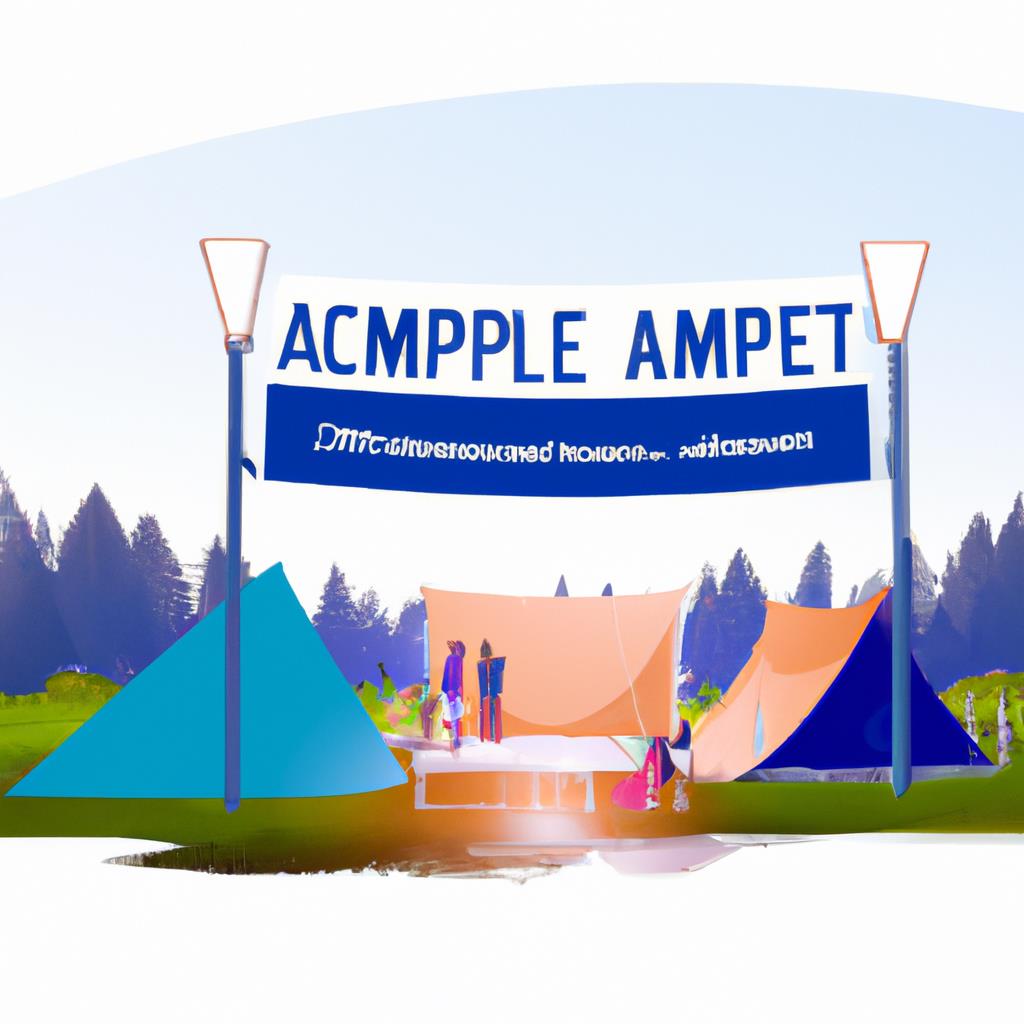When it comes to designing campsites for tenting and camping, it is important to consider the needs of all campers, including those with disabilities. The Americans with Disabilities Act (ADA) sets guidelines for making facilities accessible to individuals with disabilities, and this includes campsites. Designing ADA accessible campsites not only ensures that all campers have the opportunity to enjoy the great outdoors, but it also helps to create a more inclusive and welcoming environment for all.
One of the key considerations when designing ADA accessible campsites is ensuring that the sites are easily accessible to individuals with mobility impairments. This includes providing level ground for tents, easy access to bathrooms and showers, and designated parking spaces close to the campsite. It is also important to provide paths and walkways that are wide enough to accommodate wheelchairs and other mobility aids.
In addition to providing accessible paths and parking spaces, it is also important to consider the layout of the campsite itself. Designing campsites that are open and spacious can make it easier for individuals with mobility impairments to navigate the area and set up their tents. Providing designated accessible campsites with flat, level ground can also make it easier for campers to set up their tents and move around the site.
Another important consideration when designing ADA accessible campsites is ensuring that facilities such as bathrooms, showers, and picnic areas are also accessible to individuals with disabilities. This includes providing ramps, grab bars, and other accessible features in restrooms and shower facilities, as well as ensuring that picnic tables and other amenities are easily accessible to individuals with mobility impairments.
Designing ADA accessible campsites can also involve providing alternative accommodation options for individuals with disabilities. This could include providing accessible cabins or yurts for campers who are unable to set up a tent, as well as providing other amenities such as accessible fire pits and cooking facilities.
When designing ADA accessible campsites, it is also important to consider the needs of individuals with sensory impairments. This could include providing accessible signage and wayfinding systems that are easy to read and understand, as well as providing accessible communication options for campers who are deaf or hard of hearing.
Overall, designing ADA accessible campsites for tenting and camping is an important step in creating a more inclusive and welcoming outdoor environment. By ensuring that campsites are accessible to individuals with disabilities, campgrounds can help to ensure that all campers have the opportunity to enjoy the great outdoors and create memories that will last a lifetime.


leave a comment